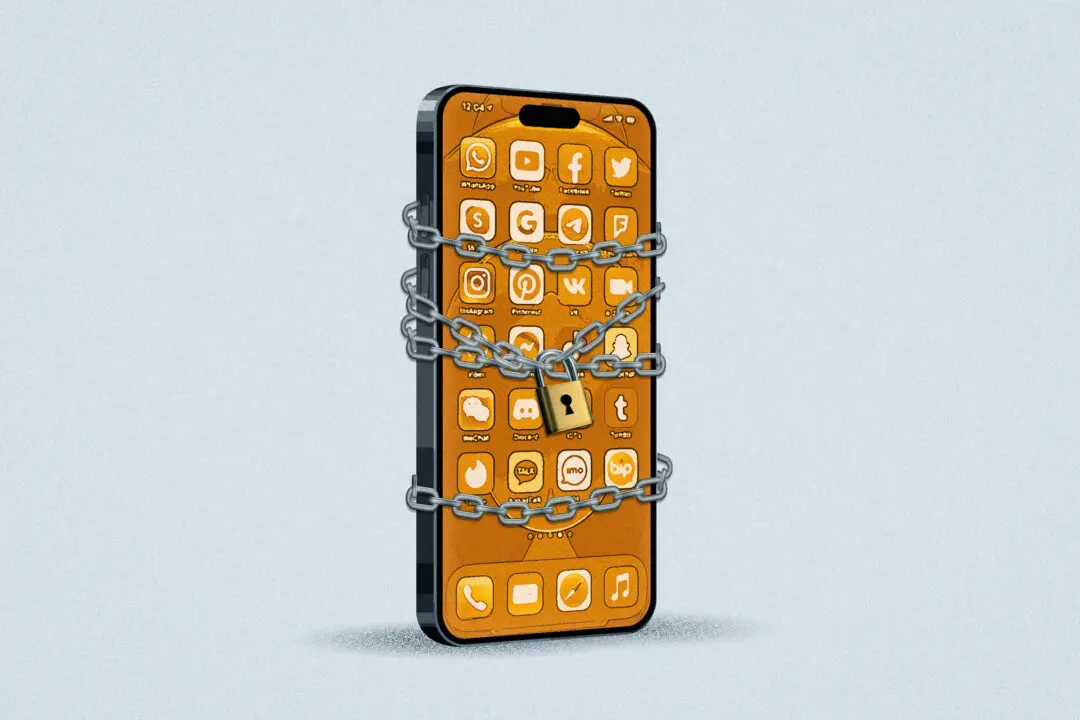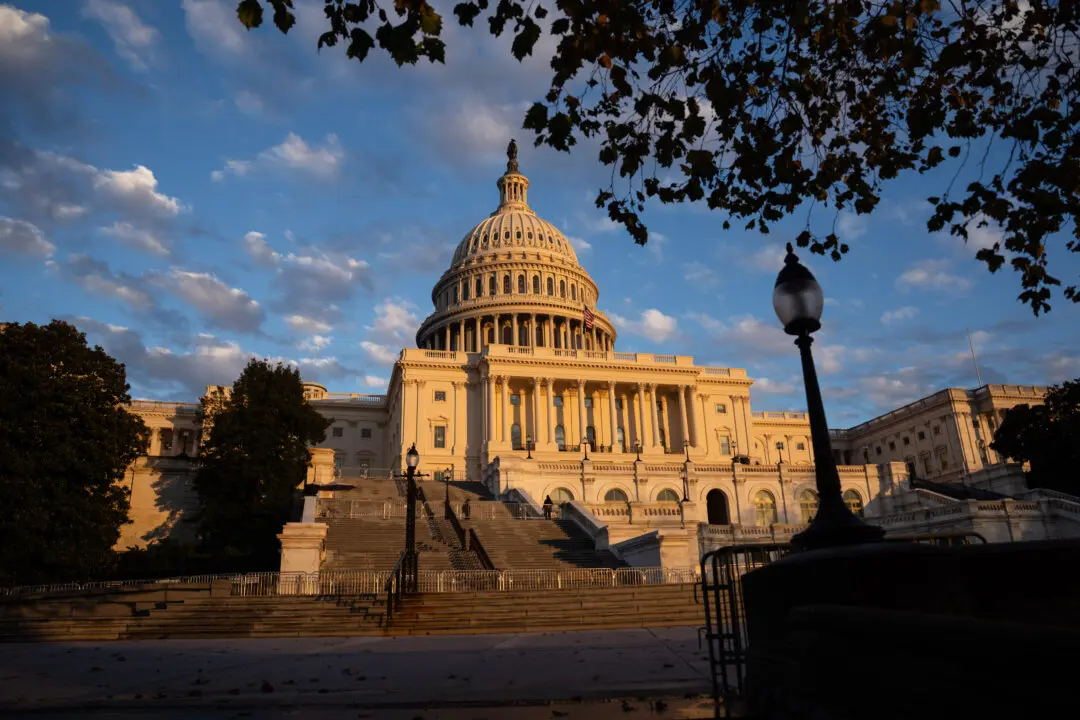The world is less safe today than in 2020 from the threat of a nuclear accident or terrorism involving a nuclear weapon, according to the 2023 Nuclear Security Index.
The annual report produced by the Nuclear Threat Initiative (NTI), a nonpartisan organization focused on reducing nuclear and biological threats worldwide, was released on July 18. The Index uses publicly available information to score the progress of governments in securing nuclear materials from theft or disaster.





